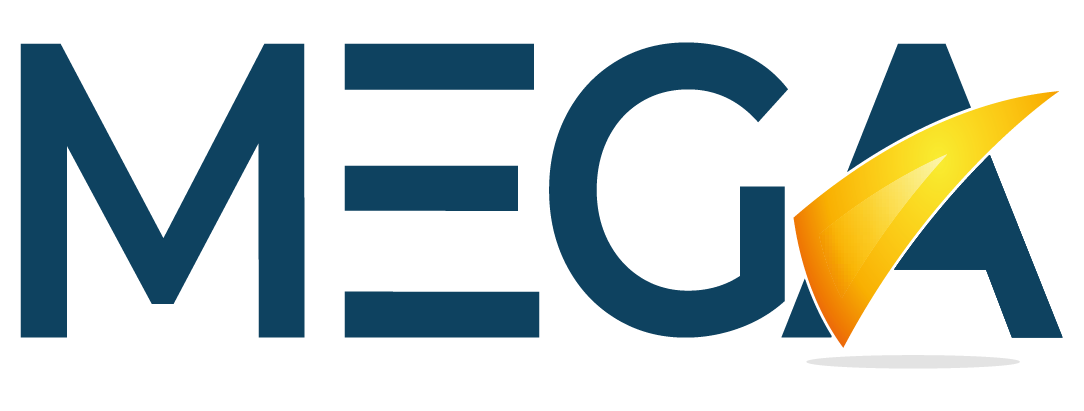Clothoff: Revolutionizing Undress AI Web Technology
In the ever-evolving realm of artificial intelligence, one of the most intriguing applications is the development of undress AI web technology. This innovative concept, often referred to as Clothoff, has garnered significant attention for its potential to transform various industries, from fashion to entertainment. In this article, we will delve into what Clothoff is, its implications, and how it fits into the broader landscape of AI technology.
Understanding Clothoff and Undress AI Web
Clothoff represents a sophisticated approach to undress AI web technology, allowing users to visualize clothing removal in a virtual environment. This technology utilizes advanced algorithms and machine learning models to generate realistic images or simulations of how individuals would appear without clothing. While this may seem controversial, the applications of Clothoff extend far beyond mere curiosity.
The Technology Behind Clothoff
The core of Clothoff’s technology lies in its use of deep learning techniques, particularly convolutional neural networks (CNNs). These neural networks are trained on vast datasets of images, enabling the AI to learn patterns and features associated with clothing. Once trained, the model can analyze new images and effectively “remove” clothing, presenting a visual representation of the underlying anatomy.
- Data Collection: The success of Clothoff relies heavily on the quality and diversity of the training data. This includes images of various body types, skin tones, and clothing styles.
- Machine Learning: Through iterative training processes, the AI improves its ability to render realistic images while respecting anatomical accuracy.
- User Interface: Clothoff is designed to be user-friendly, allowing individuals to easily input images and receive outputs without needing extensive technical knowledge.
Applications of Clothoff
The potential applications of Clothoff are vast and varied, impacting multiple sectors. Here are some key areas where undress AI web technology could make a significant impact:
1. Fashion Industry
One of the most promising applications of Clothoff is in the fashion industry. Designers and brands can use this technology to create virtual fitting rooms where customers can see how clothes would look on their bodies without the need to try them on physically. This not prompt-engineering-jobs.com only enhances the shopping experience but also reduces return rates due to sizing issues.
2. Entertainment and Media
In the entertainment industry, Clothoff can revolutionize how content is created and consumed. Filmmakers and game developers can use the technology to create more immersive experiences, allowing characters to change outfits seamlessly or even explore themes related to nudity and body positivity in a respectful manner.
3. Health and Fitness
Clothoff can also find applications in health and fitness. Personal trainers and fitness apps can utilize this technology to provide feedback on body composition and progress without requiring users to share actual images of their bodies. This promotes privacy while still offering valuable insights.
4. Art and Creativity
Artists and creators can use Clothoff as a tool for inspiration. By visualizing different body types and clothing styles, artists can explore new creative avenues and develop unique projects that challenge conventional norms.
Ethical Considerations
As with any advanced AI technology, the use of Clothoff raises important ethical questions. The ability to generate realistic images of nudity, even in a virtual context, necessitates a careful examination of consent, privacy, and the potential for misuse.
1. Consent and Privacy
One of the most pressing concerns is the issue of consent. It is crucial that individuals using Clothoff have full control over their images and how they are used. Striking a balance between innovative technology and ethical responsibility is essential to ensure that users feel safe and respected.
2. Misuse and Manipulation
Another concern is the potential for misuse. Clothoff technology could be exploited for malicious purposes, such as creating non-consensual explicit imagery. It is imperative for developers and users alike to foster a culture of responsible use and establish guidelines to prevent such outcomes.
The Future of Clothoff and Undress AI Web
As we look to the future, the evolution of Clothoff and undress AI web technology is poised to continue. With ongoing advancements in AI capabilities, we can expect even more sophisticated applications and functionalities. Here are some trends to watch:
- Integration with Augmented Reality: Clothoff could be integrated with augmented reality (AR) applications, allowing users to visualize clothing removal in real-time within their own environment.
- Customization and Personalization: Future iterations may allow for more customized experiences, tailoring outputs based on user preferences and individual characteristics.
- Regulatory Frameworks: As the technology develops, regulatory bodies may establish guidelines and laws to govern its use, ensuring ethical practices are upheld.
Conclusion
Clothoff and the broader concept of undress AI web technology represent a fascinating intersection of innovation and creativity. While the potential applications are vast, it is crucial to approach this technology with mindfulness and responsibility. As we navigate the complexities of AI development, embracing ethical practices will be key to harnessing the full potential of Clothoff and ensuring it serves as a positive force in society.
In summary, Clothoff has the power to reshape industries, enhance user experiences, and challenge societal norms, all while prompting important conversations about consent and responsibility in the digital age.

